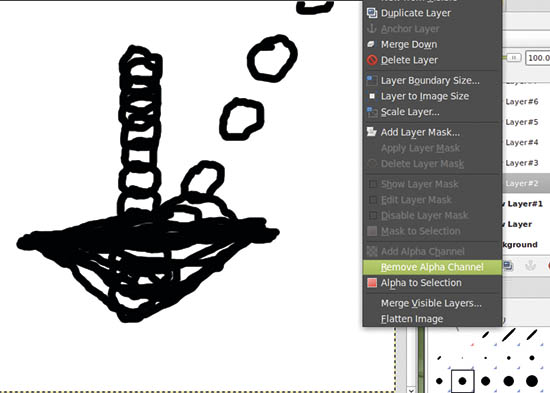The Free And Open Source Wonder
Linux is an operating system which is unique in its own right. This write up has all you ever wanted to know about the operating system. Take a sneak peek.
Host a Photo Album
There are plenty of online services that offer to host your photos for free, and sites like Flickr and Picasa are excellent tools for expanding your online social presence. But for most of us, they're not ideal for sharing personal photos with family and friends. Even when they offer password-protected collections with restricted access, sometimes you want to keep your own photos closer to your own storage. So why not host your own photo collection?
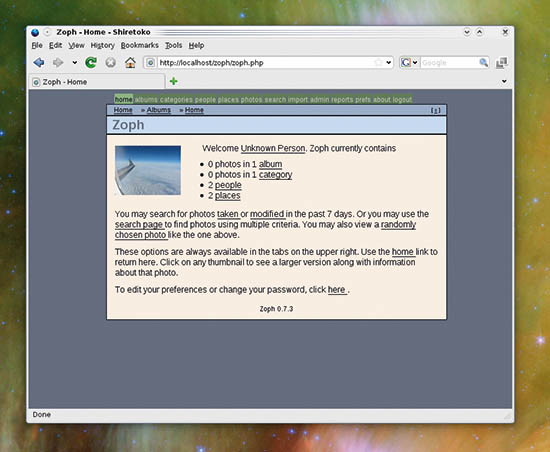
Build a Media Server
Linux is brilliant at serving files. It's this ability that keeps the enterprise world turning to Linux for its heavy lifting jobs and that keeps the world Googling 24/7. But it's just as good at serving files from a computer tucked away under the stairs or stuck in the loft, and a server in your house is now becoming an essential accessory. Mobile phones, games consoles and even televisions are rapidly developing the ability to read, display and play files held on a media-centre PC, and Linux is the perfect free software solution. All you need is a relatively low-powered PC, a decent amount of storage and somewhere safe to hide it.
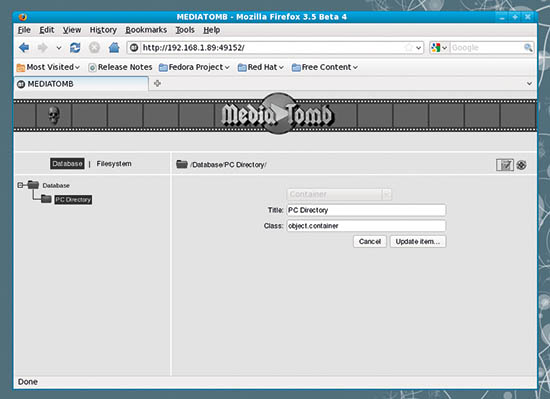
Make Sweet Music
"You shouldn't need any training or musical skill to make music - all you need is the ability to tell the different between what you like and what you don't. We're going to prove this point by creating a piece of music using nothing but the mouse cursor and a single Linux application - Rosegarden. From Rosegarden, you can create drum tracks, melody and chords, all played through internal instruments, and save the output to a file.
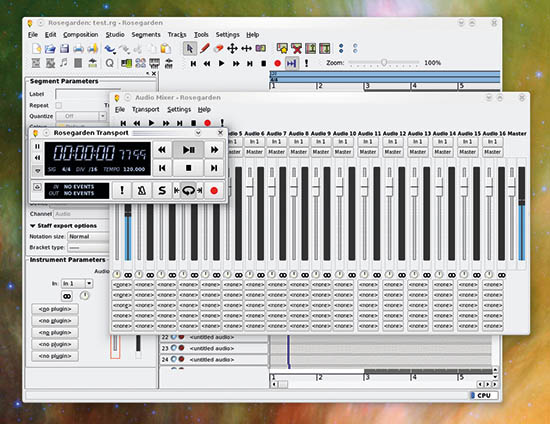
Write Interactive Fiction
Text adventure games were massively popular at a time when all computers could do was display text, and there has recently been a strong resurgence in their popularity thanks to mobile devices. The games eat few CPU cycles, burn very little power and don't require too much dexterity. You don't need to be a coding guru to write one either: the games are programmed using a form of natural language. For example, the game parser will understand the name and relative positions of the two locations described by the line 'The library is west of the landing.' This makes developing games almost as much fun as playing them. Secondly, there's a brilliant development environment that can help you map out the ideas and locations for your game, as well as help you enter and understand the source code. And to show just how easy it is, we're going to create the beginnings of an interactive masterpiece.
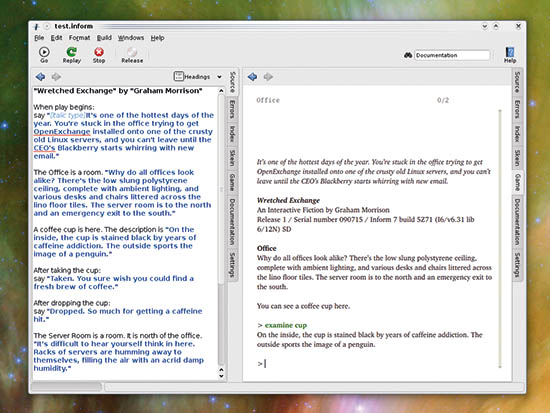
Secure remote desktops
Not only do remote desktops enable you to access your old familiar machine from anywhere on the internet, they also enable you to build a multi-desktop, multi-user environment out of a single machine that doesn't necessary even need a screen. This is a great solution on netbooks, for example, where you may occasionally need the extra horsepower of a full-blown PC. Just connect to the server from your netbook desktop and you've got a full desktop on top of a small one.
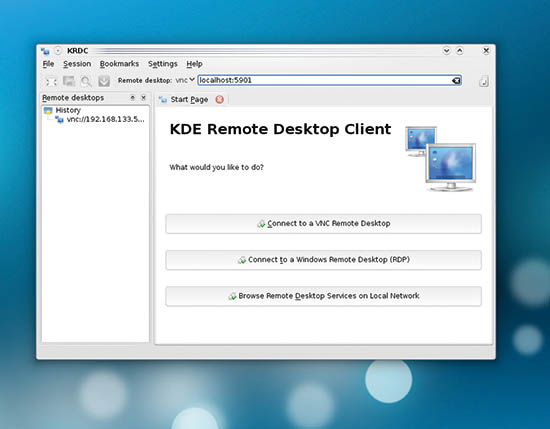
Record a podcast
There are now thousands of podcasts available, but if you've taken the trouble to listen some of them, you soon realise that many are mediocre at best, and they probably left you feeling that you could do better. Well, now is the time to give it a go. Whether the subject covers open source, Linux or your favourite band, creating and publishing a podcast is a hugely rewarding process. After several months of recording the TuxRadar podcasts, here's our guide to getting the best possible output.
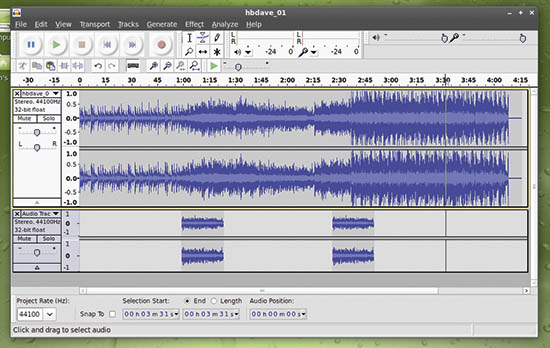
Stop-frame animation
Before processing power was abundant, stop-frame animation was the preserve of the professional. You needed some serious equipment and the enough patience to set each shot up, make a small change to your scene, take the photograph and move on to the next shot. Only then could you develop your frames and construct your animation. Computers remove most of the tedium, and turn what might have been hard labour into a few hours of fun.
